"The artistic proposal will give agency to the narrative of the sun and a voice to the community".
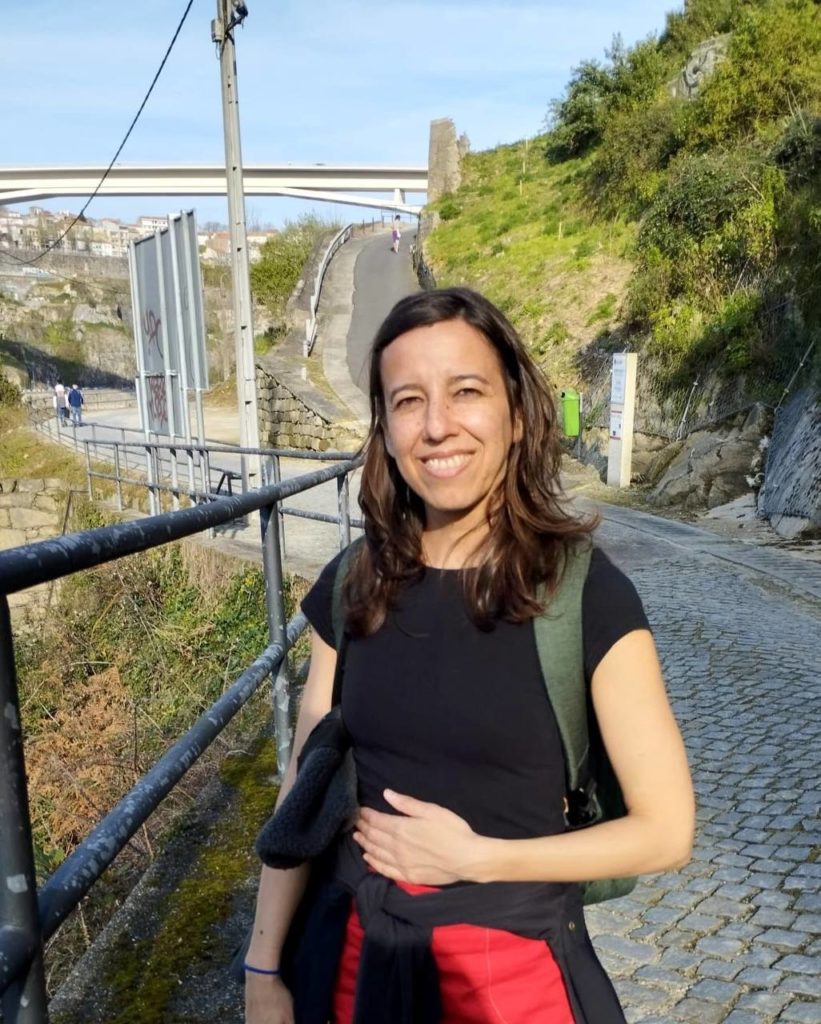
The architect and landscape architect, María Auxiliadora Gálvez, is the artist chosen for the production of the work of the project 'Solar Narratives' of La Sobarriba (León), which seeks a just ecological transition with the territory. A piece conceived as a "pavilion", where the struggles and phrases of the claim of the commissioners will be recorded.
The architect and landscape architect, María Auxiliadora Gálvezis the artist chosen to produce the work for the project 'Solar Narratives' in La Sobarriba (León). In this interview she unpacks some of the keys that will inspire her artistic production.
You have said that "architecture can be a form of interconnection with different lives, not only human". This is a good starting point for you to define your practice, trajectory and artistic vision.
I trained as an architect, but I have always been very close to the world of dance. When I was preparing my doctoral thesis, which was on dance and architecture, I started to work with the body more intensely and to give my classes at the university, using perception or knowledge of biology, and putting the body on the ground to see how this could be extrapolated to architectural systems.
How did you manage to connect two worlds as different as biology and architecture?
This was refined when I approached the somatic discipline of the 'Feldenkrais Method', which provides a very interesting insight into the living world, and that is that the human being is very much linked, even if we insist on separating it, to the rest of the animal world. Our movement patterns and forms of perception are shared with those of other animals.
It is from there that I started to learn more about living tissues, which we can observe in our own body, and to apply them to architecture. There was a cross-cutting world of connection with non-human beings - because they function similarly and architecture can ally itself with them - and I started working on 'somatic architecture', which aims to establish a synergy with the living world to accommodate different types of bodies.
How was the first contact with the mediator or the group of comitants of the 'Plataforma para la Defensa de la Sobarriba' (Platform for the Defence of the Sobarriba)?
The first contact was with the mediator of 'Solar Narratives', Alfredo Escapa. From the beginning I was very interested in the proposal, because it is situated in this line that I have been working on, what I call 'somatic activism', which combines architecture and the somatic or corporal, as well as the realisation of different experiences in places that defend something. At the same time, I had also worked with the sun in several projects, and in some installations that proposed to create community and collectivity, doing certain actions at sunset in the open spaces of Madrid...
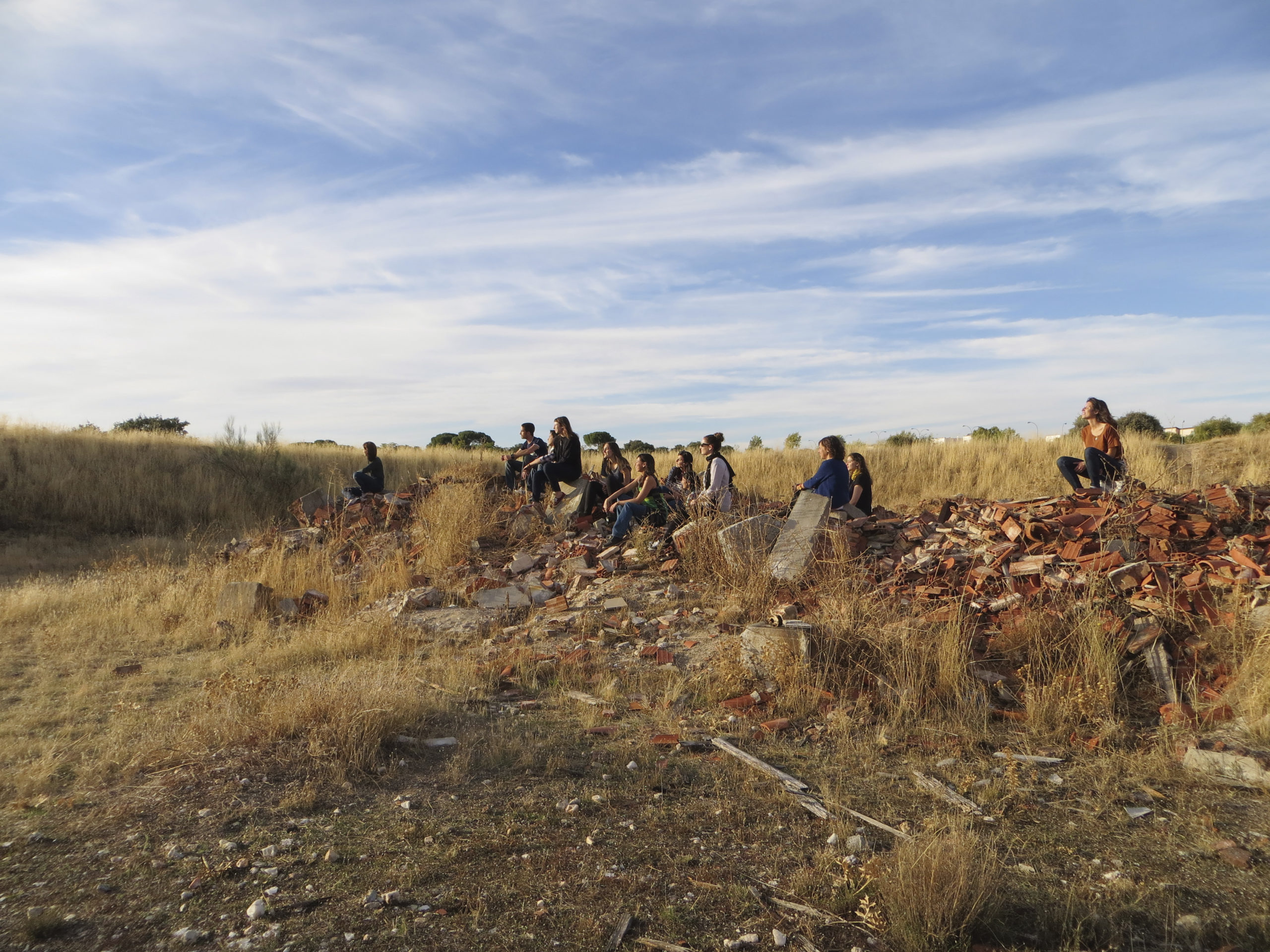
Solar Narratives', the first Concomitentes project selected through a public call, shows an urgency in the search for alternatives and other languages to face a sustainable and just ecological transition. How do you assess, first of all, this challenge that the project addresses?
When Alfredo told me what they intended to do with 'Solar Narratives' I saw that it allowed me to work on something that I think I understand, that I have wondered about before and, moreover, with a community that also defended a form of ecological transition, non-extractivist, to ask ourselves how this step can be taken, going beyond "the origin of energy" and "how it affects people, societies and territory".
Your background as an architect and artist fits perfectly with what the project is looking for?
In part this connection between my career and the artistic commission has been a coincidence. For me it is important that all work is open, that is to say, that no matter how much you have a background and interests, the piece is alive and that it is constructed with the commissioners. The interests are there, I'm interested in ecology, territory, construction, the world of the living... but what I do is also crossed by the idea that "diverse bodies have their voices" and I'm interested in this work giving a voice to the commissioners.
Concomitentes is a cultural project that responds to social problems through an artistic proposal. How do you connect this artistic work to help in these environments?
I believe in the transformative power of art and culture, there is a phrase that always comes to mind when I talk about this: "In an era of violent simplification, there can be no revolutionary movement without a massive enrichment of perceptions", by Josep Rafanell i Orra. I truly believe that a large part of the work is that, enriching perceptions that allow us to see other sensibilities.
For example, seeing the sun, more than as a source of energy, as an element from which life proliferates and generates an interspecies world, a germ that activates the relationship of our life on the planet... I am referring to this whole narrative that the sun can tell us, to these other forms of life and relationship with people, of symbolism even, and of the possibility of going to an art piece to see "what the sun has to tell you today".
I think it is something that can be revolutionary because it generates changes in the underlying imaginaries that we have as a society and that allow us to do or not do certain things.
"Art and architecture, if we really give them space, are a revolutionary weapon to promote this enrichment of perceptions, and Concomitentes has a very important role to play in this".
What does it mean to you to work on a participatory project and incorporate this layer into your creative work?
It is something fundamental, we started to work last July when we spent a week walking the territory and assessing which could be the places where we could intervene. It has also been very enriching to see the knowledge and subtleties that we have in the group, because there are some fascinating people...
What have these meetings been like and how have you been immersed in the wishes of the community?
We are in the middle of the process, in fact, on Monday we have a meeting with the commissioners... Apart from a discussion about ideas of what we want to do, I would be interested in activating a somatic work in the group that will feed the piece itself from its orientation, how the movements of the people in the place are produced, in what way the piece can open and close habits... and how it can be a place of activism and meditation for these necessary reflections.
What main ideas do you take away from these meetings and from the exchange with the commissioners?
The idea of the connection between the sun and the earth, they talked to me about the piece being observatory or a bit scientific, about understanding how the movement of the sun creates the seasons; they also talked to me about the action of walking in the territory... Among other things, these are going to be elements that will be present in the piece.
And how was the exchange with Alfredo, who is the link between you and your clients?
The mediator's job is very difficult, but I think he does it superbly. Alfredo says things with a lot of honesty and care, he listens a lot, and he sets guidelines for both the clients and myself. He does an exceptional and remarkable job.
It also promotes the field of the possible, they have a predisposition to collaborate without limits. I have seen a very united community, with very diverse people who have their own voice, who are able to negotiate with great generosity. With all this, I want my role to be the same, I want to be generous, I want to listen and be able to propose...
I think Alfredo has a lot to do with the fact that this is going ahead and in this way. So the mediation work is being very satisfactory and a fundamental part of the construction of the piece.
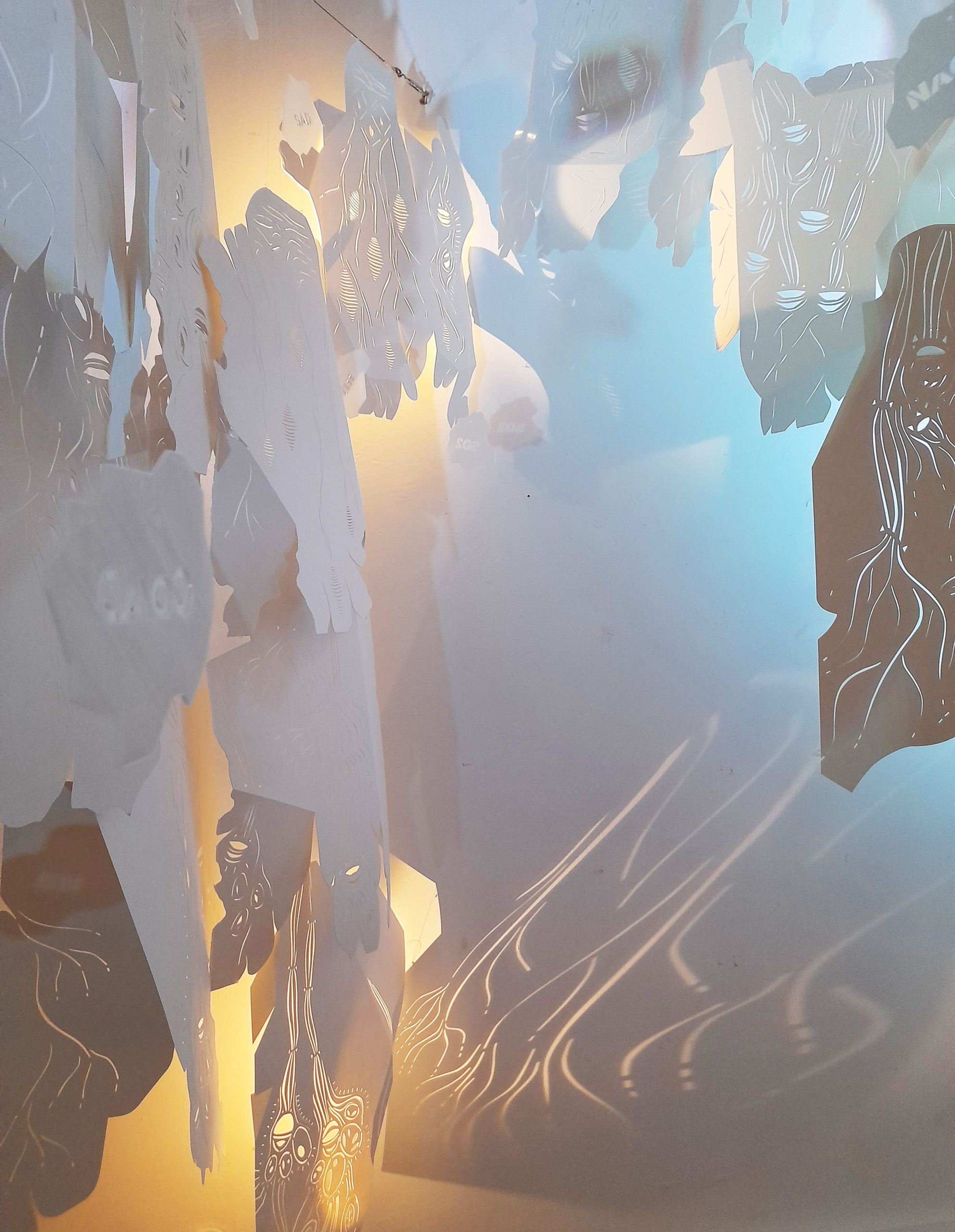
What artistic proposal do you visualise or how advanced is the sketch that reflects this collective desire?
The commission was originally very open, the basis of my work is architecture and dance, but I've also worked in art, performance, landscape... I like the hybridisation of formats. At the beginning we talked about a mobile piece, also about the size it would have and to evaluate if it would be a piece for someone to be in or if it was only going to be seen...
The point we are at now is to think of a certain "pavilion" that acquires a circular geometry, which has a front where the sun is exposed, - with collective skin scales, a kind of interspecies skin, and which will react to the sunlight, telling different stories through the variable shade; and, on the opposite side of this pavilion, the activisms, struggles and phrases of this claim of the commissioners would be registered.
This would create a kind of earth mound where people can continue to gather. One part of the piece will be made from the craft of sebes, living fences, so that as it grows it will create a kind of forest. It is a proposal that, on the one hand, gives agency to the narrative of the sun, and, on the other, gives a voice to the neighbours.
I think it can be very beautiful, but then with all due respect for what may change along the way.
Share with us details of this year's production schedule.
Apart from the summer visit and this meeting in September to discuss the first ideas, in November there will be talks with the university and the beginning of the collective construction of the pavilion with the planting of sebes. Furthermore, I want to take the opportunity to have these "somatic experiences" in the place we have chosen, which is one of the common lands of León.
"To continue, we have to contact the trades that are going to build the piece to define it with that knowledge. I estimate a couple of months of more collective work, and then activate the production so that at the end of spring we can inaugurate".
How will sustainability be reflected in the work?
A silent battle of the "ecological transition" that we all share is being waged, a battle that is being hardest in the rural world due to the installation of macro plants, in this case solar ones. Here there is a fundamental question that the piece wants to emphasise: "We want to be sustainable, but how are we going to achieve it?
Sustainability cannot be measured by the type of materials or energies we are going to use, but rather by changing almost all of our practices in relation to other living beings and the earth around us. The piece tries to go to that root, as well as working with local crafts, trades and materials. This activism, of nurturing perceptions, has to be situated at the basis of sustainability. There are ways of approaching the ecological transition that require a certain vital commitment from us to the other species, and this is what the piece and Concomitentes will try to emphasise.
The resulting artwork remains as a legacy of the community. How do you think this work can contribute to the creation of ties and new networks in the community?
What I would like to happen is that they understand the piece as something of their community and, as it is in a meeting place and accessible in the territory, next to a path, that a spontaneous programme of life associated with this piece is generated and that it can continue to open up practices. If they have to meet, I imagine them having a picnic on that mound. Perhaps all this is an idealisation and romanticisation mine, and I think it's not going to depend so much on what I say now, but on them making it their own and making it part of their life.
In the future, what I would like is for the piece, if it disappears because the sebes are growing, to become a forest oriented towards the sun's trajectory, an observatory, even if the piece has been erased. I don't believe in the permanence of the object in itself, but in the practice of vindication and the perceptive experience it can promote, and that will be up to the commissioners.
If the piece creates life, it will have worked.
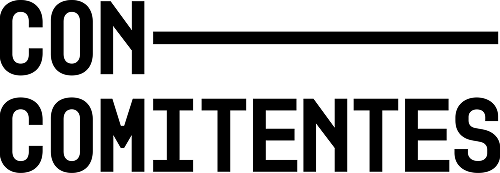








 Concomitentes
Concomitentes